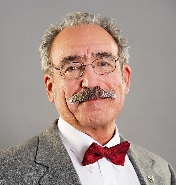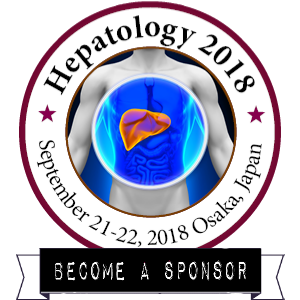
Prof. Vladimir Subbotin
University of Pittsburgh, USA University of Wisconsin, USA
Title: Metastatic pattern of hepatocellular carcinoma: A hypothesis on privileged portal metastasis in light of co-evolution of an insulin-carrying portal system and the liver in chordate phylogeny
Biography
Biography: Prof. Vladimir Subbotin
Abstract
Hepatocellular carcinoma (HCC) paradoxically metastasizes to portal veins 6-10 times more frequently than to hepatic veins. Accepted models of HCC vascular invasion, local dissemination and hematogenous spread, assume the likelihood of preferential metastasis into hepatic veins, and fail to explain the paradox. Reports on HCC presenting only as tumors of main portal veins with no detectable parenchymal HCC, emphasize the paradox. Assumption of hepatofugal flow does not resolve the paradox because the main trunk and first/second-order branches of portal veins are affected more often (4-6 times) than regions distal to the second-order branches of the portal vein. The author explains the portal HCC paradox as a phenomenon of privileged metastasizing proposed by Stephen Paget in 1889 in the seed and soil hypothesis. The author hypothesize that privileged HCC portal metastasis is due to high levels of insulin-like growth factors in the portal blood proximal to the liver, which constitutes the soil, while blood-circulating HCC cells became appropriate seeds after exposure to portal blood. Liver hepatocytes extract/consume these growth factors, creating less favorable conditions for metastasis in the hepatic vein. The author suggest that the portal vein environment, enriched by pancreatic growth factors, further facilitates the selection of more aggressive HCC clones from portal metastases, explaining the worse outcome in patients with a portal pattern. The author discern the origin of this phenomenon in evolution of portal vein/Langerhans’ islets/liver systems in chordate. Author hypothesize that the transition of expression pancreatic family hormones from neural cells to intestinal epithelial cells together with attaining portal system in amphioxus-like chordate ancestral invertebrate chordate predestinated liver evolution in vertebrates and determined the dependence of hepatocytes and hepatocyte-derived cells (HCC) on insulin-like growth factors. The author hypothesize that amphioxus’ hepatic diverticulum/portal system evolved from a yolk sac of an advanced chordate ancestor, the phylogeny suggested earlier by A S Romer.

